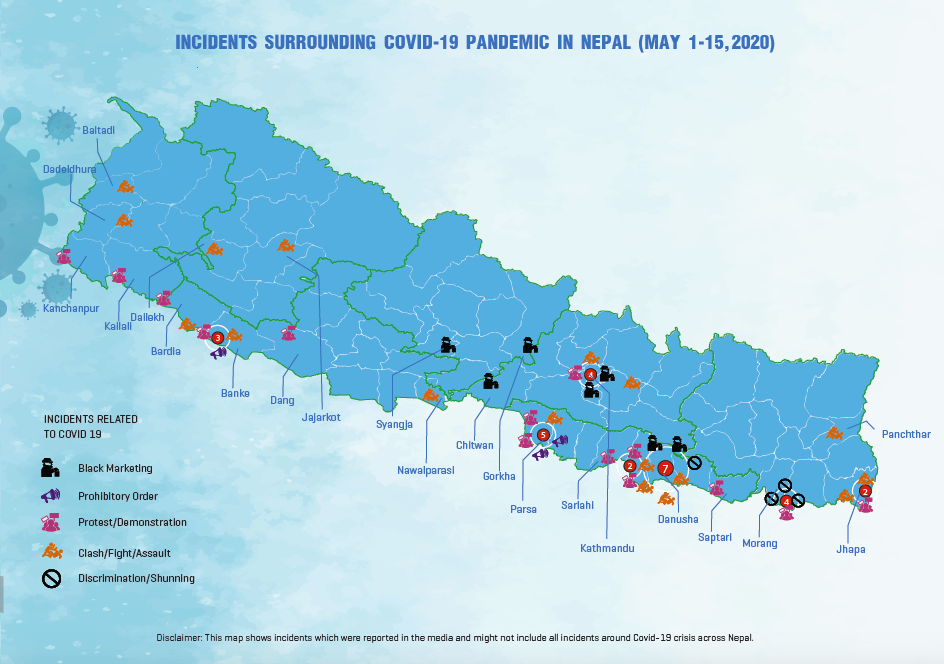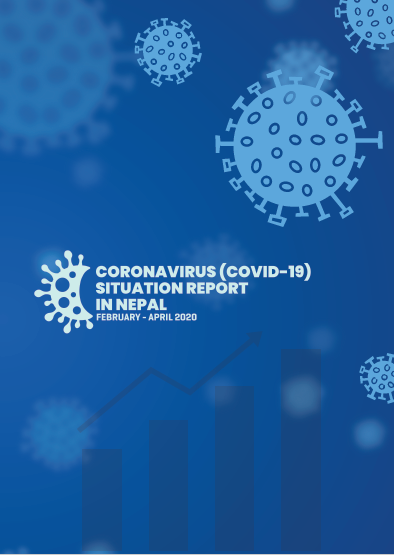Incident Reports
Shame: So many girls getting married before the age of 18 is our collective failure
2016-03-26
Child marriage is pervasive in developing and underdeveloped countries. While both boys and girls fall victim to this practice, it affects girls disproportionately. In Nepal, over three million girls under the age of 19 are currently married or in the union, according to Unicef. More than half of them become mothers before their teen years are over.
Currently, there are over 1.3 million girls between the ages of 10 to 19 who are at the risk of being forced into marriage. The numbers are harrowing, and so are the consequences. Being forced into early marriage is a severe violation of the girls’ human rights. Early marriage has severe implications for the overall well-being of a girl child. Child marriage impedes the psychological and social development of girls. They are married at an age when they are not yet ready to shoulder the responsibilities of marriage. They are forced to bear children when they are themselves, children. Girls who are forced into early marriage are also deprived of educational opportunities. They will have very little vocational skills for income-earning opportunities. This further entrenches the gendered nature of poverty. There are many reasons why child marriage takes place but the economic factor stands out. Child marriage mostly takes place in families with lower income or in rural settings. Parents perceive girls to be an economic burden; among some groups, the amount of dowry increases with a girl’s age.
Sometimes, religious and cultural factors are also behind child marriage. The stigma associated with premarital sex forces some parents to seek early marriage for a girl child. Many studies have shown clear correlations between poverty level, educational attainment in the family, and age of marriage. Poverty and low educational attainments are both causes and consequences of child marriage. Ending the scourge of child marriage requires a multi-pronged approach. Implementation of the law and penalizing parents can work as deterrence, but they do nothing to address poverty and lack of educational opportunities—the real culprit behind this age-old stigma. It also calls for behavioral changes in society. During the opening of the Girl Summit in Kathmandu on Wednesday, various speakers, including some adolescent girl participants, talked about the failure to end the scourge of child marriage. This failure is our collective failure; we cannot escape our responsibility by merely assigning blame on the state. As long as we as individuals look the other way when we encounter social evils such as child marriage, this stigma of failure will continue to follow us. On a personal level, both citizens and officers of law need to be bothered and shamed by the sight of a girl child getting married; only then can we expect an end to this problem.
Related Reports
GBV / Siraha
Complaint lodged against a 30-year-old man on the charge of raping a 13-year-old teenage girl in Siraha
GBV / Okhaldhunga
52-year-old man arrested on the charge of sexually assaulting a 16-year-old teen girl in Okhaldhunga
GBV / Rupandehi
Complaint lodged against a 22-year-old youth on the charge of raping a minor girl in Rupandehi
GBV / Sudurpashchim
School teacher accused of sexually abusing students accused in Kanchanpur
Related Trend Analysis
Analysis

THE NEPAL PEACE MONITOR ANNUAL REVIEW: 2020
October 25, 2021
Human Trafficking / LGBT+ Rights / GBV / Political / Children’s Rights / Senior Citizens’ Rights / HRD Issues / Human Rights / Interpersonal Violence / Governance / Covid-19 / Civic-Space / PwD



